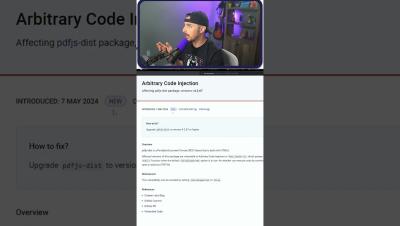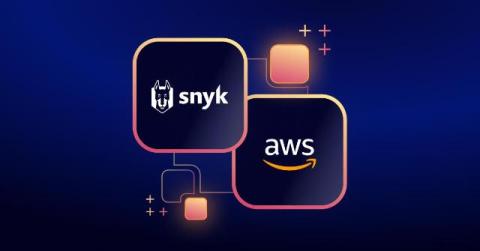How to secure a REST API?
As developers, we often have to work with REST APIs when we integrate with third-party systems or connect between frontend and backend systems at work. APIs, and REST APIs in particular, are a fundamental part of modern web applications, allowing us to create, read, update, and delete data over HTTP. However, as with any technology, they come with their own set of security challenges. Let's break these challenges down and understand how to secure REST API applications.


































